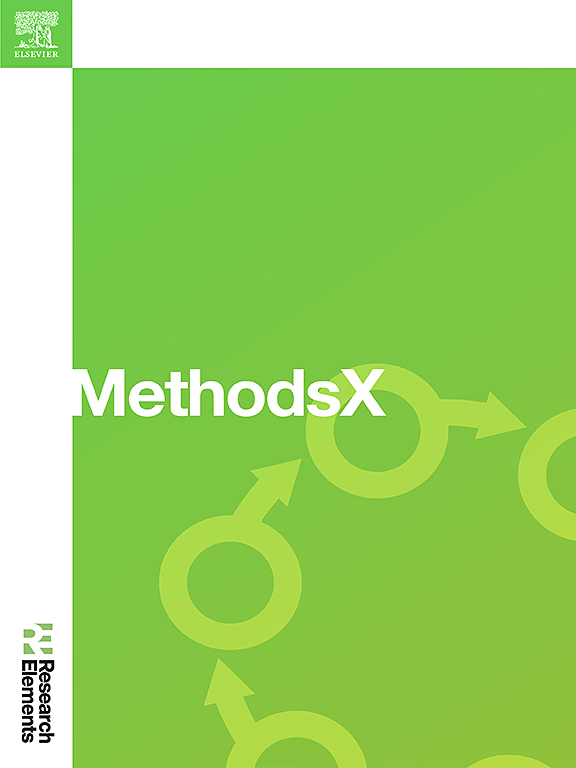StopSpamX: A multi modal fusion approach for spam detection in social networking
IF 1.6
Q2 MULTIDISCIPLINARY SCIENCES
引用次数: 0
Abstract
Social networking platforms like Twitter, Instagram, Youtube, Facebook, Whatsapp have completely changed people's daily routine. Users of these social media networks have total freedom to upload anything that has political, commercial, or entertainment value. The data collected from these sources can be genuine or fake. There are no concerns or problems if the data published is true and relevant. The main difficulty arises while we deal with the spam data. So, this problem of spam data should be properly handled. In order to achieve a spam free environment, researchers have proposed numerous methods and algorithms for spam detection. Out of them few algorithms are implemented to detect the spam data in twitter.
- •We compare the outcomes in each scenario using various state-of-the-art word embedding techniques, such as Word2Vecv, GloVe, and FastText.
- •To account for the restrictions, two deep learning hybrid fusion classifier techniques—Text-based classifier and Combined classifier—are used in this work. These classifiers are built using deep learning techniques including GRU, LSTM, and CNN.
- •These methods will be evaluated using a range of measures, including F1-score, accuracy, recall, and precision. These actions could enhance the performance of the hybrid fusion approach.

StopSpamX:一种用于社交网络垃圾邮件检测的多模态融合方法
Twitter、Instagram、Youtube、Facebook、Whatsapp等社交网络平台已经彻底改变了人们的日常生活。这些社交媒体网络的用户可以完全自由地上传任何具有政治、商业或娱乐价值的内容。从这些来源收集的数据可能是真的,也可能是假的。如果公布的数据是真实和相关的,就不会有任何担忧或问题。主要的困难出现在我们处理垃圾数据的时候。因此,应该妥善处理垃圾数据的问题。为了实现无垃圾邮件的环境,研究人员提出了许多方法和算法来检测垃圾邮件。其中很少有算法能够检测twitter中的垃圾邮件数据。•我们使用各种最先进的词嵌入技术(如Word2Vecv、GloVe和FastText)比较了每种情况下的结果。•考虑到这些限制,在这项工作中使用了两种深度学习混合融合分类器技术——基于文本的分类器和组合分类器。这些分类器是使用深度学习技术构建的,包括GRU、LSTM和CNN。•这些方法将使用一系列措施进行评估,包括f1分数、准确性、召回率和精度。这些动作可以提高混合聚变方法的性能。
本文章由计算机程序翻译,如有差异,请以英文原文为准。
求助全文
约1分钟内获得全文
求助全文
来源期刊

MethodsX
Health Professions-Medical Laboratory Technology
CiteScore
3.60
自引率
5.30%
发文量
314
审稿时长
7 weeks
期刊介绍:
 求助内容:
求助内容: 应助结果提醒方式:
应助结果提醒方式:


